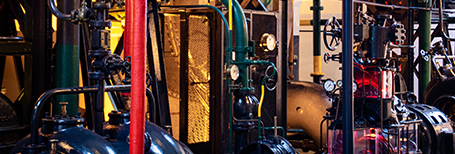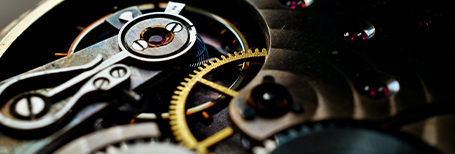
directive 96/98/ec amending directive 94/25/ec on recreational craft was officially enforced on january 1, 1999. this directive covers all ships registered in eu member states. its primary objective is to ensure that marine equipment complies with the requirements agreed upon by the international maritime organization (e.g., solas) and meets the safety performance standards of the eu. approved requirements are used to coordinate and ensure that certificates signed by one member state are accepted by other eu member states.
the directive applies to groups of registered vessels and was formally enforced on january 1, 2001. on july 23, 2014, the eu issued directive 2014/90/eu, which revoked directive 96/98/ec from september 18, 2016. the marine equipment directive 2014/90/eu came into force on march 16, 2017. it specifically regulates the requirements for equipment intended for use on board vessels circulating within the european economic area, aiming to enhance maritime safety, prevent marine pollution, and ensure the circulation of such equipment within the european community.
as per the regulations of eu certification directives, eu-related directive certifications can only be carried out by designated bodies registered within the eu. upon obtaining eu authorization, these bodies can issue med certification for (mandatory) products used on eu-flagged vessels and grant the "wheelmark" symbol.
the ce certification provides a unified technical standard for products from various countries to trade in the european market, streamlining trade procedures. any product from any country intending to enter the european union or the european free trade association must undergo ce certification and bear the ce mark. therefore, ce certification serves as a passport for products entering the markets of european union and european free trade association countries. it signifies that the product meets the safety requirements set by the european union directives. it's a commitment from businesses to consumers, enhancing consumer trust in the product. products bearing the ce mark will reduce risks associated with sales in the european market.
1.application submission
2.application confirmation
3.submission of technical documents
4.technical document review and product testing
5.certificate issuance
the ce certification under the marine equipment directive (med) offers different certification modes for various maritime equipment. the main modes are as follows:
(1) module b: type-examination
(2) module d: production quality assurance
(3) module e: quality assurance
(4) module f: product verification
(5) module g: unit verification
(1) initial review of the product's technical documentation to preliminarily verify compliance with directive requirements.
(2) testing of selected samples, witnessing the entire testing process, recording test data, and evaluating the test results.
(3) checking whether the standards used for technical data review and sample testing have been correctly applied by the manufacturer.
(4) manufacturers make necessary adjustments or improvements to technical documentation or samples, conducting retesting if needed until both technical data review and sample testing are successfully completed.







tel: 86-400 821 5138
fax: 86-21 3327 5843
email:noa@noagroup.com